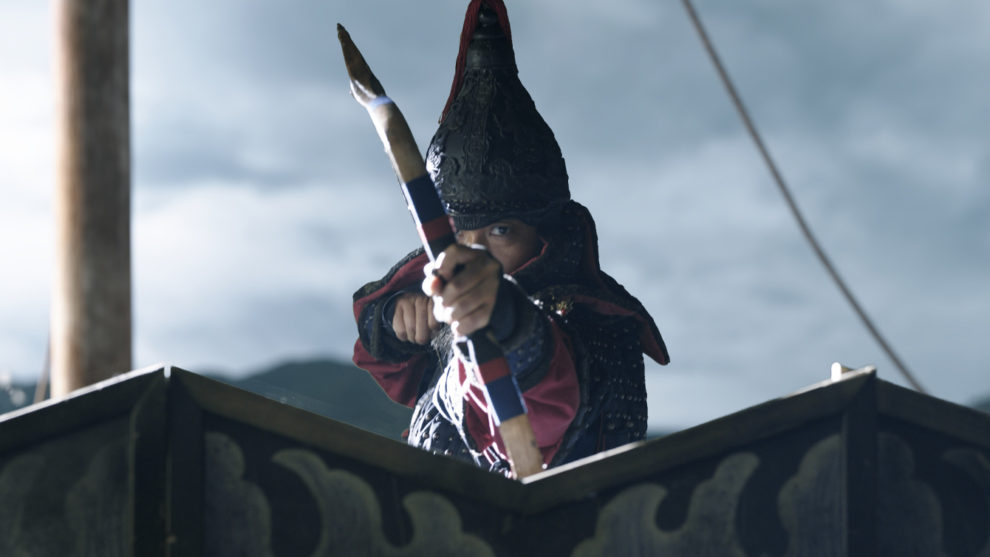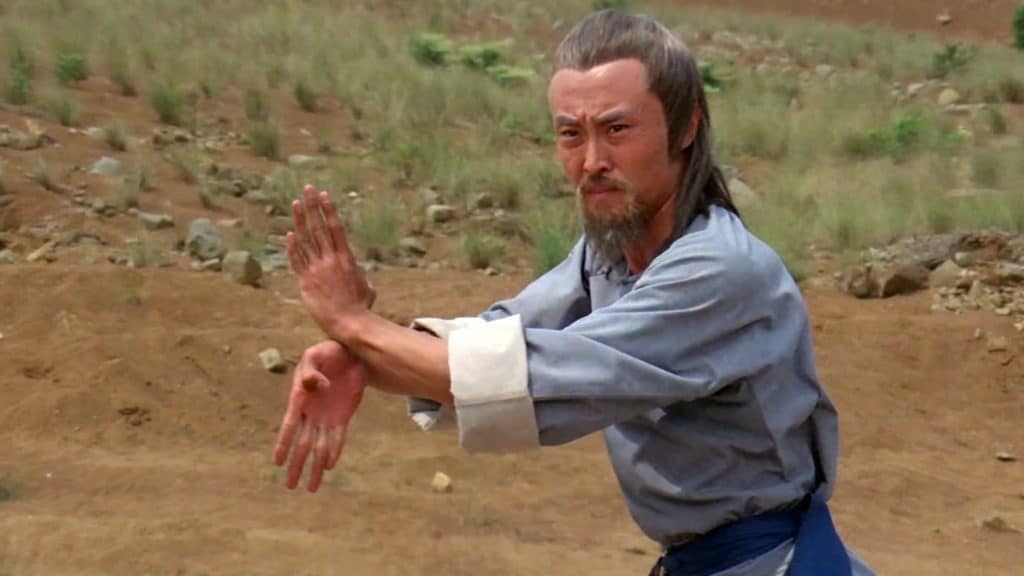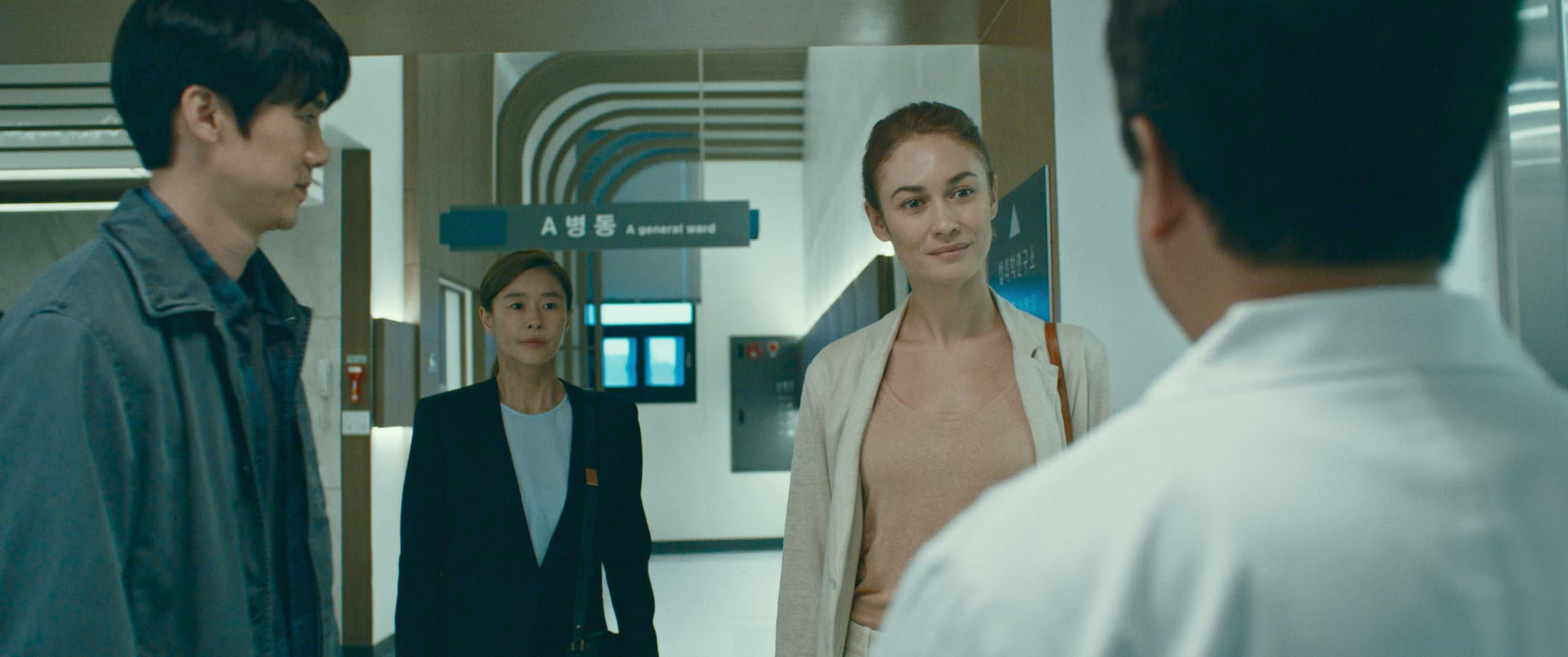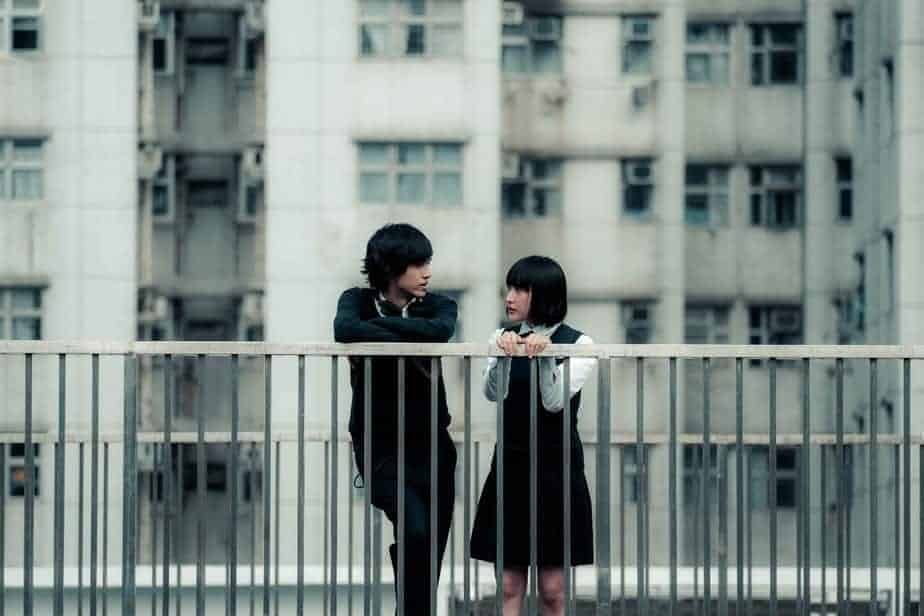Back in 2014, director Kim Han-min's “The Admiral: Roaring Currents” released in Korean and international theatres and in the process set a record for the highest grossing Korean film of all time at the domestic box office, a record that no other feature has managed to push it off of even eight years later. Based on one of the most important and famous naval battles in history, the feature benefitted from the legendary hero status of Admiral Yi Sun-shin, a man so revered and loved that he has a statue of himself in the center of Seoul. Following up such a successful production can be daunting for a person, but Kim Han-min went down a unique path to follow it up; he decided to do not one but two different features and do a full trilogy on Yi Sun-shin, with the second story coming in the form of “Hansan: Rising Dragon”.
Hansan Rising Dragon is screening on New York Asian Film Festival

Set in 1592, five years before the events in “Roaring Currents”, the story starts when the Korean armies have been forced on the back-foot and only Admiral Yi Sun-shin's navy and his turtle ships proving to be any real threat to the Japanese. Having injured Yi in the previous battle, the Japanese commander Wakisaka has him in his crosshairs and sends spies to gather information on Yi's plans and his deadly ships. When the designs of his turtle ships get stolen, making the ships effectively unusable, Yi Sun-shin must come up with new strategies and designs to overcome the Japanese in the upcoming battle.
Starting with an introduction to Wakisawa and an impressive but all too brief naval battle scene, “Hansan: Rising Dragon” then settles down to more of an espionage thriller, the type one would see set during the Cold War, with both camps sending their own spies into the other to gather information on the plans and course of attacks. This makes for an interesting direction, but one that goes on longer than required, with a majority of the time being spend on the power dynamics within the navy hierarchy and the mind games between Wakisawa and Yi. The fact that there are just too many characters on screen, almost none of who would mean much to an international audience, doesn't help the narrative, even if most are named on-screen every time they make an appearance. This also means that the emotional core of “Roaring Currents”, which was one of its key features, is an absence that is sorely felt. That doesn't mean that this half is without its moments, with an all-out attack on the navy's campsite by the Japanese being a highlight.
All the shortcomings of the first half, however, are forgiven and forgotten once the final battle at Hansando begins, a spectacle that lasts for the final forty minutes of the feature's runtime. As expected from the sequel of “The Admiral”, the battles sequences here too are nothing short of epic. The ships are magnificently realized, as are the key moments of the conflict. Every urgency, every canon-fire and every clash of the ships is felt vividly, with credits also going to the work done in the sound design during these sequences. As expected, there's moments of nervousness, sorrow and elation, each of which is delivered with precision and felt by the audience, in scenes that would surely warrant uproarious standing ovations if seen in a packed theatre. The CGI remains an integral part for the naval battles, all of which is executed in an impressive manner.
Since the events in this feature are set before those in the earlier Kim Han-min feature, the director opts for a younger alternative to Choi Min-sik to play the legendary general and he finds one in Park Hae-il, who he worked with previously in “War of the Arrows”. Since he is in heavy armor costume for the majority of his screen-time, it doesn't allow for a lot of physical acting but his voice and mannerisms exude the necessary authority and command required from Yi Sun-shin. The actor's recent collaboration with the veteran on “Heaven: To the Land of Happiness” seems to have helped for continuity on this project too, as his diction and tone often reminds of Choi's in “The Admiral”, coming across as Choi himself talking, or at least a younger version of him. Despite this, he never quite owns the screen the way Choi Min-sik's Yi Sun-shin did. Byun Yo-han is also effectively cast as Wakisawa, the young commander coming across as clever and ambitious, if not quite menacing in the way that Ryu Seung-ryong did in the first part. Ahn Sung-ki is always a joy to watch, even if in a bit part as he is here, but the very talented Kim Hyang-gi feels wasted in an almost dialogue-less role that requires nothing from her.
As with the first feature, “Hansan: Rising Dragon” too is mounted on a large canvas and Kim Han-min proves capable of navigating those high waters. It helps that he has a technical team well up for the task too. Kim Tae-sung's camera is all over the place, capturing the indoor scenes, the nighttime scenes at the camp and the bright daylight battles scenes equally impressively. Most awe-inspiring are the moments where the ships change formations and sail forward, seen from a bird's eye vantage point. The costume design is, as expected, also magnificent, with Wakisawa's Japanese outfits, in particular, being authentic and looking good on the good-looking actor. The music has a Hollywood blockbuster feel to it and proves the perfect companion to the cinematography, most evidently in the battle scenes.
“Hansan: Rising Dragon” has, thus, all the elements of a blockbuster feature and most of the ingredients to be a successful feature at the box office like its predecessor. Despite Choi Min-sik's aching absence and some narrative issues, it has much going for itself. A well-loved and respected central character, a bona fide national hero, a strong nationalist sentiment and unrivalled naval sequences ensure that it is almost certainly guaranteed to do tremendous business domestically, and the spectacle that it has to offer should be reason enough for it to do well in international circuits too. Carry no doubts: Kim Han-min has another hit blockbuster on his hands and audiences will likely be waiting eagerly for “Noryang”, the announced final part of his Yi Sun-shin trilogy.
















